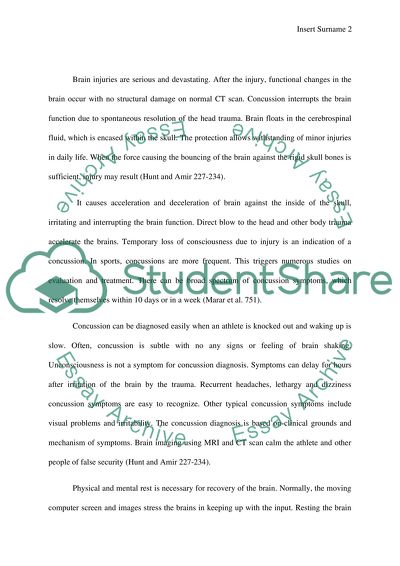Cite this document
(“Long Term Concussion Treatment and Prevention Essay”, n.d.)
Retrieved from https://studentshare.org/health-sciences-medicine/1460540-long-term-concussion-treatment-and-prevention
Retrieved from https://studentshare.org/health-sciences-medicine/1460540-long-term-concussion-treatment-and-prevention
(Long Term Concussion Treatment and Prevention Essay)
https://studentshare.org/health-sciences-medicine/1460540-long-term-concussion-treatment-and-prevention.
https://studentshare.org/health-sciences-medicine/1460540-long-term-concussion-treatment-and-prevention.
“Long Term Concussion Treatment and Prevention Essay”, n.d. https://studentshare.org/health-sciences-medicine/1460540-long-term-concussion-treatment-and-prevention.


